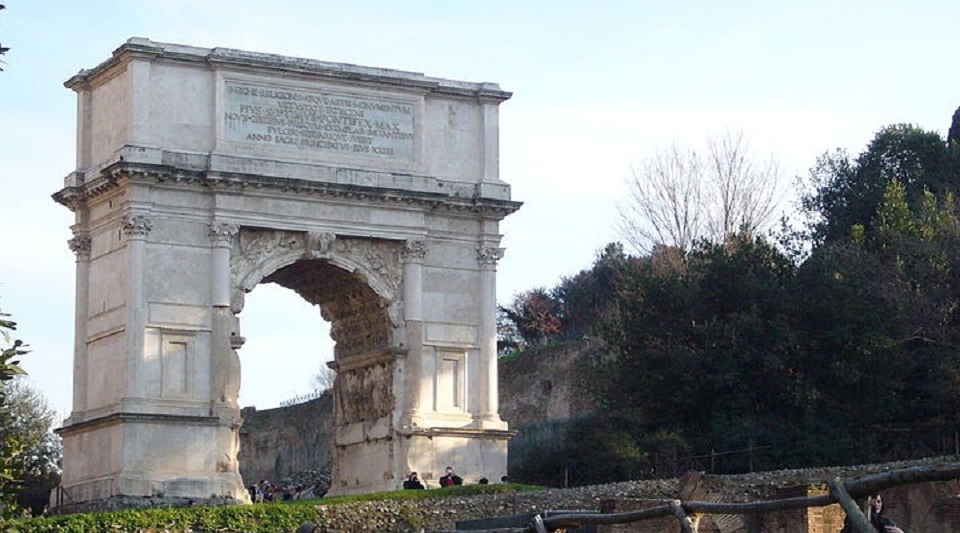
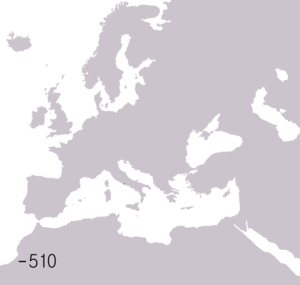
Rome was until 509 BC under Etruscan rule and domination, but the city was to gain independence from its Etruscan rulers and with time, it would become not only an impressive city-state by itself but a central hub in one of the greatest Empires that has ever existed.
The Republic
But long before the Roman Empire, there was a time of democracy comparable to that of their cultural influential Greek predecessors, a Roman republic.

Rome undergoes several major changes as the newly founded republic expands its political and cultural significance throughout the Italian peninsula. Rome’s legacy from the Etruscan’s and the Greeks, should not be understated. Greek culture came to greatly influence Roman society and Greek mythology was to be Roman mythology.
Cultural influence
The Greek pantheon of gods would be established as Roman gods. As Zeus becomes Jupiter, Ares becomes Mars and Aphrodite becomes Venus – Roman mythology would assimilate gods in their own right and make them their own.
Much rationalistic hermeneutics of myths became popular, especially later under the Roman Empire. With physicalist theories of Stoic and Epicurean philosophy. Stoics presented explanations of the gods and heroes of physical phenomena, while the Euhemerists rationalized them as historical figures.
As a side note and much later, the Roman Empire came to assimilate other beliefs. Christianity was longed viewed as a sect and Christians suffered persecutions for several hundreds of years. The Empire would however eventually assimilate, accept and make the religion-state religion. With Constantine as the first emperor to convert. And with the Edict of Milan in 313 CE, it was proclaimed that from then on, there would be tolerance of all religions throughout the empire.
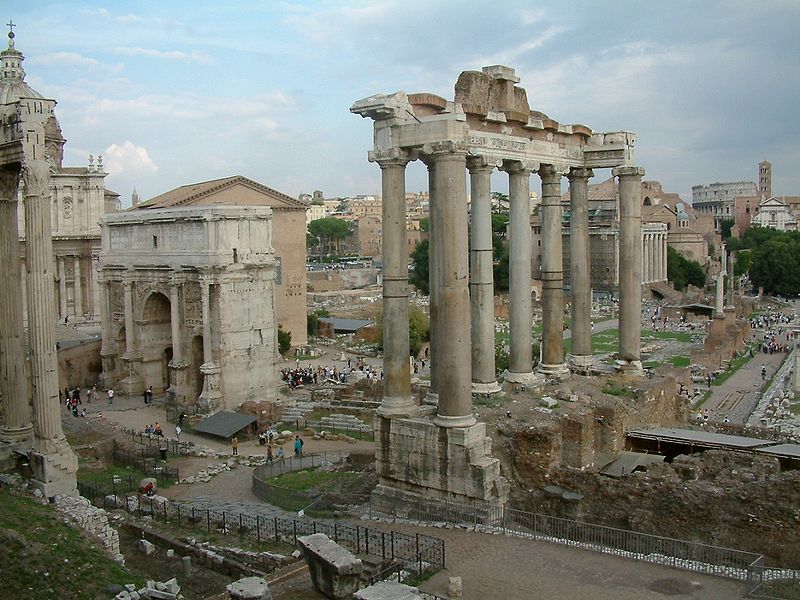
Roman society and a maturing republic
Rome’s early society was roughly divided into two layers, the privileged and wealthy patrician class, who were Rome’s land-holding aristocracy. And the plebeians, which consisted of the common people, rich to poor. This form of social structure often led to a great dissatisfaction of the “lower” plebeians, who wanted more influence.
The early republic was much formed via a political struggle between Patricians and Plebeians. And over time the republic was to become more inclusive. With new laws passed that undermined the patrician’s exclusive rights to Rome’s highest offices. These laws also implied that a new economic aristocracy emerged from among the plebeians, a wealthy merchant class of businessmen.
And through a series of reforms, the plebeians came to gain greater influence, including those through changes in the law. These reforms by the model of Greek stoicism, ‘ius naturale’, as a universal law that would apply to everyone in society. For example, “Lex Canuleia,” was a law that permitted marriage between plebeians and patricians. Certainly a progressive inclusive process with many similarities to much more recent times, such as the Glorious Revolution in England, which implied more inclusive institutions and democracy.
A crucial moment came in 367 BCE when one of the two consuls henceforth were mandated to be a plebeian. And 287 BCE with the passing of the law “lex Hortensia,”, this implied full rights under the law for all Roman citizens.
This long process undoubtedly strengthened Rome and created a greater and stronger unified Rome.
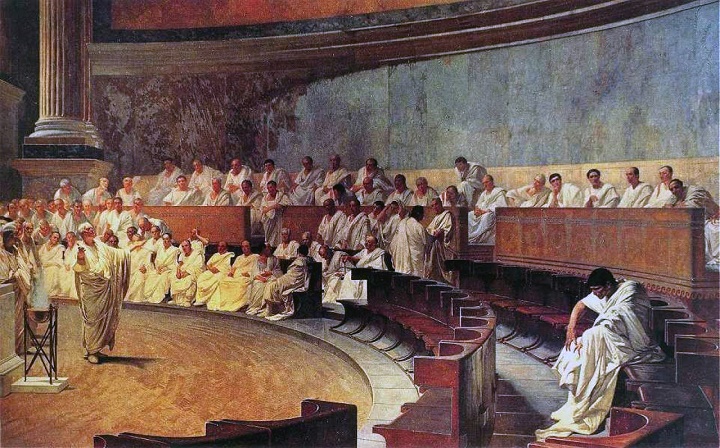
The consuls were the highest elected political office of the Roman Republic and the Senate. As mentioned they served in pairs at the time, with both consuls elected together each year, to serve for a one-year term.
They had extensive powers in peacetime (administrative, legislative and judicial), and in wartime often held the highest military command. With additional religious duties included certain rites which, as a sign of their formal importance, could only be carried out by the highest state officials.
The Roman Senate was however politically weak during the early Republic, with the executive magistrates instead quite influential. With time, though, this was to change and later when the Senate passed decrees, so-called senatus consulta, (officially to “advice” magistrates to implement the will of the Senate), these were most often obeyed and the direct power of the Senate was more effective.
The Roman magistrates were elected officials in Rome but the senators were however not elected by the people. Instead, they were appointed by the consuls. Later they could also be appointed by the censors.
Expansion
During the time of the Republic would undergo several devastating conflicts that would shape the republic, but its success in battle would ultimately be its downfall.
In 390 BCE, the city was besieged and sacked by northern tribes as Brennus, a chieftain of the Senones of the Adriatic coast of Italy, leads an army of Cisalpine Gauls to attack Rome. The Gauls were eventually ejected from the city and in a second battle away from the city, Camillus defeats the invaders, earning the title of the “Second Founder of Rome” for saving the city. Rome then recovered rapidly but the Senate recognize a need to reform the army.
Reformation would imply mobile legions and flexible units to be introduced. The army would have an increased capacity and increased power via organization and budget allocations. Rome’s influence in the immediate region increases with its military power. Soon the near province of Lazio would be fully under the control of Rome. The republic would then continue to expand. But its expansion was characterized by assimilation. It thereby showed the same qualities as when the Persian Empire previously expanded via conquests, a cosmopolitan view by which conquered areas would be given influence and were much respected. This favorable assimilation of not only cultures also provided the Romans with knowledge and technology.
Rome’s power increases and they would eventually challenge the other very old major power in the Western Mediterranean, Carthage. The situation and relationships between the two powers would deteriorate as they both had their eyes fixed on a province that both parties wished to control, namely Sicily. The island and its location in the middle of the Mediterranean made it an important trade hub for natural geographical and strategic reasons. It was also a well developed ancient Greek colony, with Syracuse as a center for knowledge, science, and technology.
The Punic Wars
The conflict between Rome and Carthage was eventually unavoidable and so the Punic wars had begun. The wars lasted between 264 and 133 BCE. A conflict divided into two wars and two phases. The first between 264 and 241 BCE. A phase that started strong for Carthage, but with the Romans finally victorious. Carthage and its supreme commander Hamilcar lost control of Sicily to Rome.
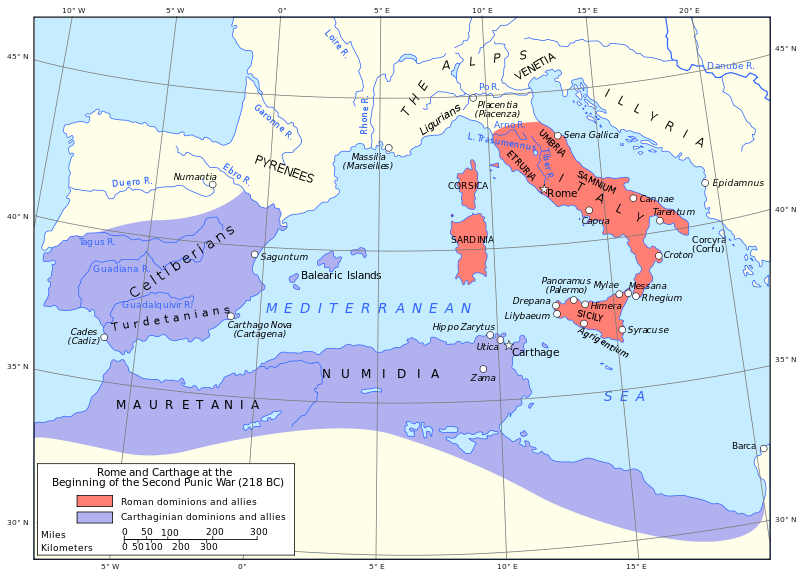
The second phase is to be defined by Hamilcar’s son, Hannibal. Hannibal invades Italy by a bold maneuver, leading his army across the Alps. In a series of devastating blows, Hannibal wins battle after battle against the Romans. The Battle of Cannae in the summer of 216 BCE is regarded as one of the most destructive battles in ancient history. In which Rome lost approximately 80,000 soldiers, to Hannibal’s 8,000 (according to Roman historian Livy). Hannibal used tactics that aimed to surround the Romans using a collapsed u-shaped line of infantry and then killed the legions off. Rome was unable to meet Hannibal in open battle following this devastating defeat. They, therefore, implemented an alternative strategy to starve Hannibal’s army instead of directly confronting it. Since Hannibal lack the necessary equipment to siege Rome, he instead plunders cities across Italy. But he also requests help from Carthage to help settle the war once and for all. The reinforcement does not arrive though and time is running out for Hannibal.
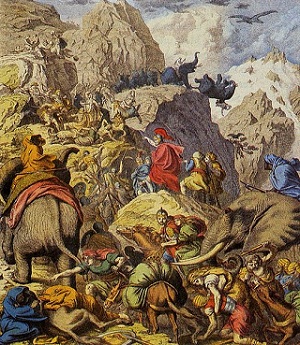
Instead, time is on the side of the Romans who appoints the Roman general Scipio to solve the apparent problem with Hannibal rampaging across the Italian peninsula. Scipio implements an equally brave but also in retrospect indeed smart strategic maneuver. He embarked with his army and went to Spain, where he attacked and damaged Carthage Iberian possessions considerably. He then embarked to Carthage, in present-day Tunisia, and this attack on the Carthage homelands forced Hannibal to return home.
The two generals met on a plain between Carthage and Utica on October 19, 202 BCE, at the Battle of Zama. And now Hannibal is ultimately defeated by Scipio who used new tactics to outmaneuver Hannibal and his elephants. Rome is thus victorious, not only over Carthage, but it now stands as the supreme power in the Western Mediterranean. And has indeed become a major power in the whole Mediterranean world.
With Rising Power Follows New Problems
Macedonia was allied with Carthage during the war and in 146 BCE Rome implements an invasion and conquest of Macedonia, Greece, and the Hellenistic Seleucid provinces. The Roman legions are victorious and another two Hellenistic provinces surrendered voluntary and agree to join the ever-expanding Rome. Rome is thus the undisputed ruler of the entire Mediterranean.
The Republic is suddenly faced with huge challenges as such great territories imply a need for efficient administration and the need for working political institutions. A major change of policy was needed and Rome could no longer rely solely on a centrally controlled empire of the older model. Provincial Administration was thus implemented and a widening of the taxation system and the army was shaped into a defense force of the new conquests.
Sulla and Marius
During this time there was great dissatisfaction among the soldiers of Rome. As payment for their services to the state, they did not receive money. Instead, they were allocated land that was often of low value situated within the newly conquered territories. A payment that was considered insecure, undefined and inadequate after several years of successful service and completed campaigns. Instead of keeping the land, the payment instead resulted in that most soldiers sold the land and moved to cities in search of jobs. Which was few and hard to find for professional soldiers lacking any other ability. And this, in turn, created a problem for the military since soldiers were mandated to own land to be recruited (or re-recruited).
A critical point was to come with general Gaius Marius. An event that was to determine the future of Rome and indeed the future of the republic. In 107 BCE Marius recruits landless soldiers for a campaign in Africa, he promises the soldiers payment in money instead of land at the end of the campaign. But the Senate does not grant money as payment to the soldiers, Marius ignores this and goes ahead with his plans. The soldiers saw to their General first and foremost and to protect their own interests, rather than the Senate or the state. A situation had thus emerged with a general having full control over an army of Rome. The situation worsened and friction emerged between the army as protector of the state and the army as loyal servants to its general.
The general Sulla became the first Roman general to forcibly take power in Rome in 88 BCE. Following a minor civil war between Rome and several city-states on the Italian peninsula, the so-called Social War (91–88 BCE). These cities had prior to this been Roman allies for centuries. The friction of loyalties between generals and the state became cracks. And so the Senate and the state failed to reach the Empire’s needs and lost control of her generals and armies. Soldiers kept their trust in their commander rather than the state, and the republic was doomed.
The First Triumvirate
After Sulla, the situation had changed and Rome’s political structure was a question of power struggles between generals, including Julius Caesar, Pompeii, Octavian (Augustus), Mark Antony and Cicero.
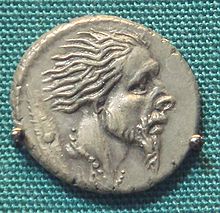
The Roman general Gaius Julius Caesar had been on campaigns in Gaul where he had defeated its Celtic tribes unified under Vercingetorix. He was a man with political ambitions and with his military successes he was well on his way to implement these. His military campaign had been fought on borrowed money, lent from Marcus Licinius Crassus, who was the wealthiest man in Rome, and most certainly one of the wealthiest men in history.
The first Triumvirate was a political alliance between Gaius Julius Caesar (100-44 BCE), Marcus Licinius Crassus (115 BC – 53 BCE), and Gnaeus Pompeius Magnus (106 – 48 BCE). The alliance combined Caesar’s enormous popularity and legal reputation with Crassus’s fantastic wealth and influence within the plutocratic Equestrian order (ordo equester) and also Pompey’s equally spectacular wealth and military reputation as a general. The political alliance had allowed the Triumvirs to dominate Roman politics. But it would not last indefinitely, as the men involved ultimately had their own agenda and ambitions.
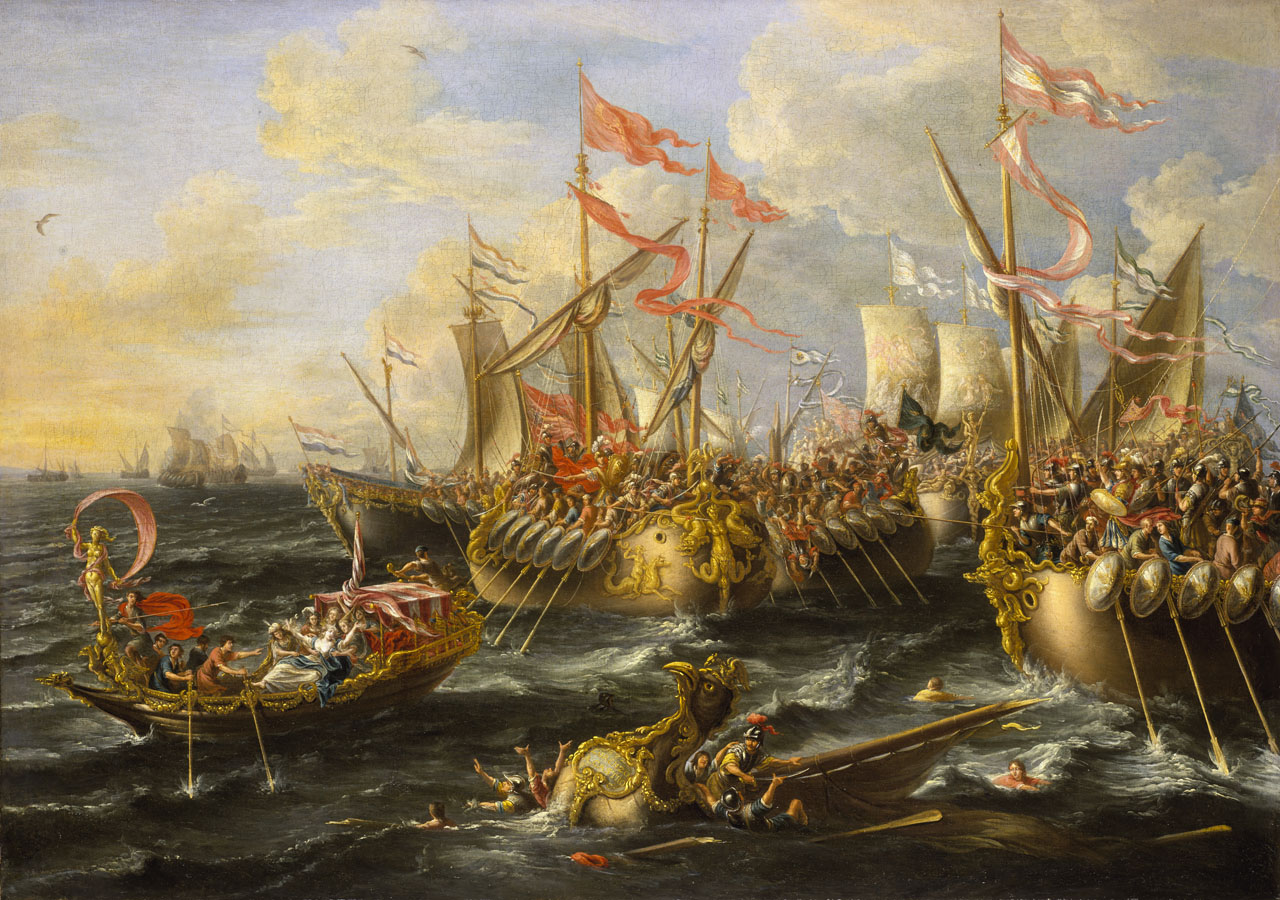
Julius Caesar was now on his way back to Rome from Gaul and the Senate had ordered him to disband his army and return to Rome without it, as tradition and law dictates are necessary. His term as magistrates had finished and he was forbidden of another election in absentia for a second consulship. And because of that, Caesar thought he would be prosecuted and rendered politically marginal if he entered Rome without consular immunity or his army; Pompey accused him of insubordination and treason. In January 49 BCE, Caesar crossed the Rubicon river (the frontier boundary of Italy) with one legion and so ignited a civil war. The river was the boundary between the provinces of the north, and Italy proper to the south. It was a legally prohibited action to cross the river with an army. Upon crossing, Caesar, according to Plutarch and Suetonius, is supposed to have quoted the Athenian playwright Menander, in Greek, “the die is cast”. The “Caesar’s Civil War” (49–45 BCE) against the state had begun and its appointed general Pompeii. A war that will end with Caesar victorious and become Dictator perpetuus (Perpetual Dictator) of Rome.
The second triumvirate
Caesar is murdered by conspirators in 44 BCE and a second civil war will soon begin. The second triumvirate would now commence and redefine the republic for all future, this political alliance was between of Gaius Octavius (later known as Augustus), Marcus Aemilius Lepidus, and Mark Antony). Octavian, Caesar’s nephew, wanted to avenge his uncle’s death and will set a plan in motion to via political alliances remove those who conspired against his uncle. The triumvirs then set in motion proscriptions in which 300 senators and 2,000 equites, allegedly were branded as outlaws and deprived of their property and, for those who failed to escape, their lives. The Liberators’ civil war (43–42 BCE) ended with the triumvirates successfully removing the Senate from power.
The political alliance of the second triumvirate would break up in 33 BCE with disagreement between Octavian and Marc Antony. This would erupt into the Final War of the Roman Republic, in 31 BCE. Antony was defeated by Octavian. Anthony and his lover Cleopatra committed suicide shortly thereafter. This was the last blow to the Roman Republic (509–27 BCE) and is thus led to the beginning of the Roman Empire (27 BCE – 476 CE).
Augustus
Octavian renames himself to Augustus and installs himself as emperor in 31 BCE. He was the first emperor and in retrospect one of Rome’s more qualified. It was his willingness to share power that made him unique. He did not give away all his power though, with the chance that others could grab it. Instead he became “civitatis princeps,” chief citizen of the state. A title that meant he was a permanent consul of the Senate, he also had the prerogative to convene the session when he wanted. Augustus retained ultimate control of the Roman army, which he made into a permanent standing organization. He established the Praetorian Guard, created official police and fire-fighting services of Rome, and rebuilt large parts of the city. The era under Augustus came to be known as the “Pax Romana”, the Roman peace. A period that laid the foundation for the future of Rome.
Click here to view a reconstruction of Rome during the Roman Empire, during the principate (27 BCE – 284 CE. By: Altair 4 Multimedia Archeologia Virtuale.

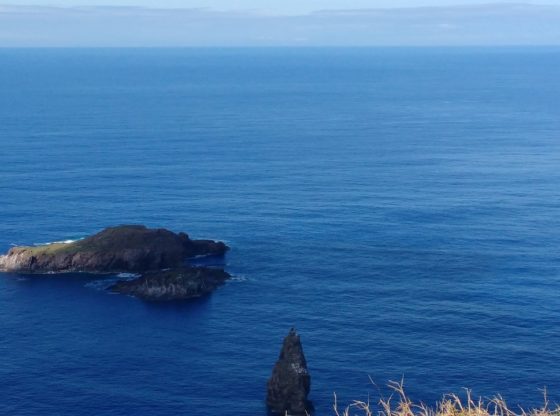
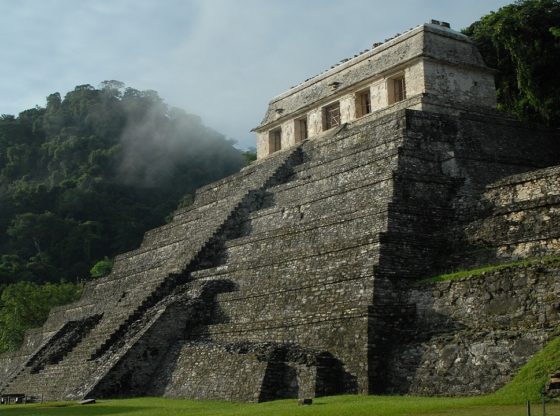
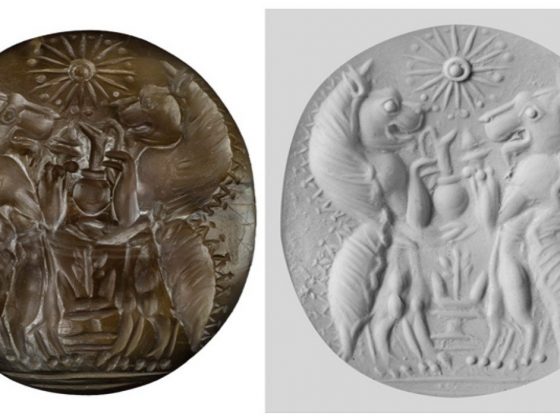
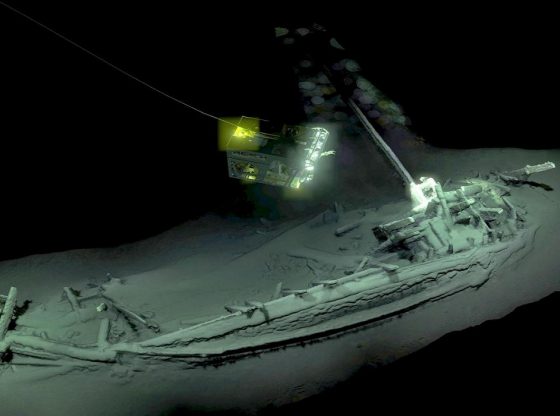

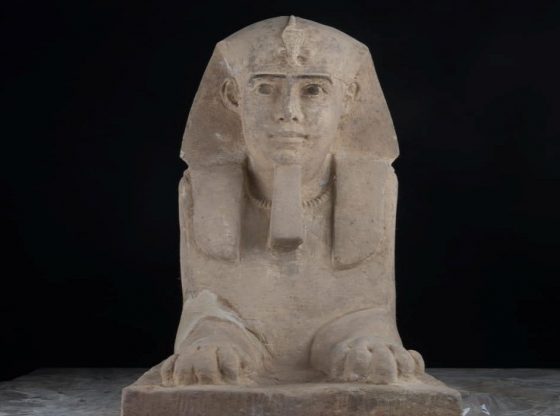
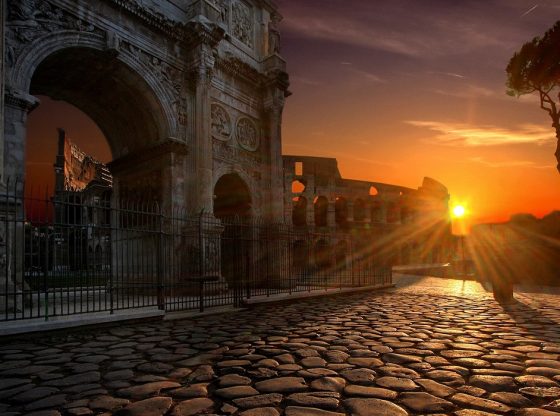

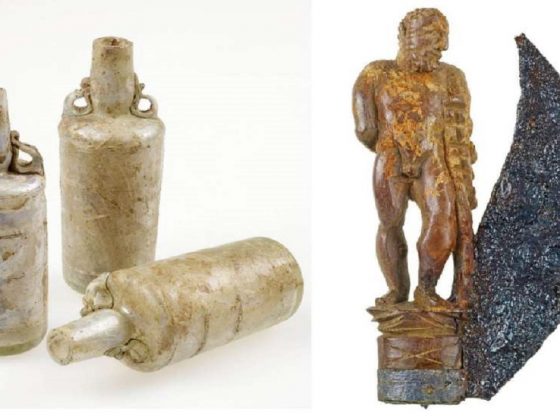

![OpenAI. (2025). ChatGPT [Large language model]. https://chatgpt.com](https://www.illustratedcuriosity.com/files/media/55136/b1b0b614-5b72-486c-901d-ff244549d67a-350x260.webp)
![OpenAI. (2025). ChatGPT [Large language model]. https://chatgpt.com](https://www.illustratedcuriosity.com/files/media/55124/79bc18fa-f616-4951-856f-cc724ad5d497-350x260.webp)
![OpenAI. (2025). ChatGPT [Large language model]. https://chatgpt.com](https://www.illustratedcuriosity.com/files/media/55099/2638a982-b4de-4913-8a1c-1479df352bf3-350x260.webp)








